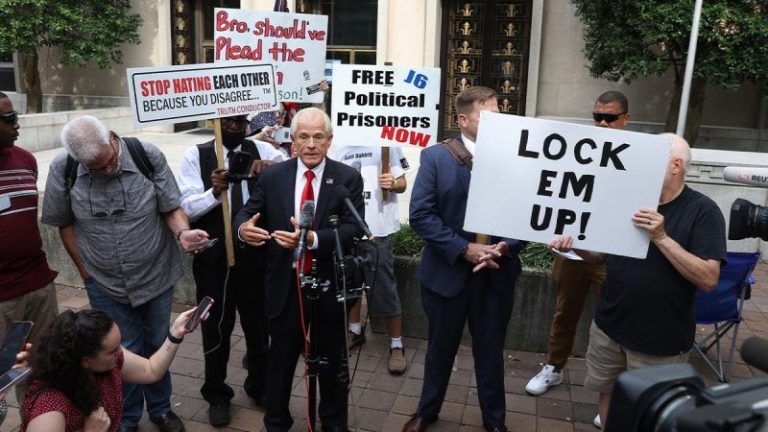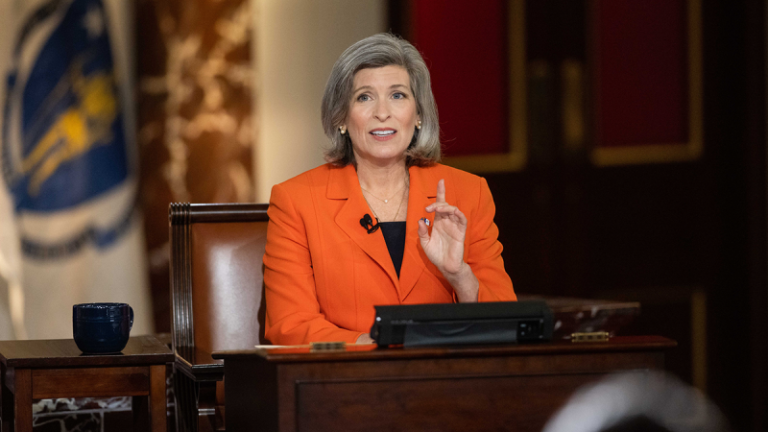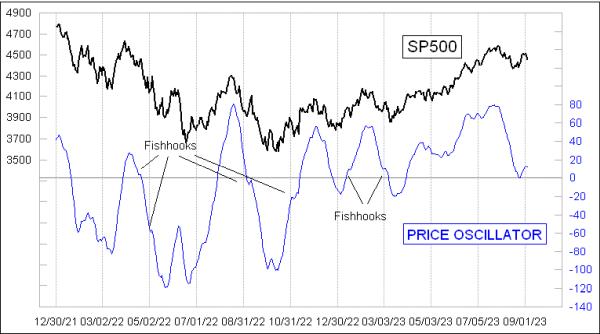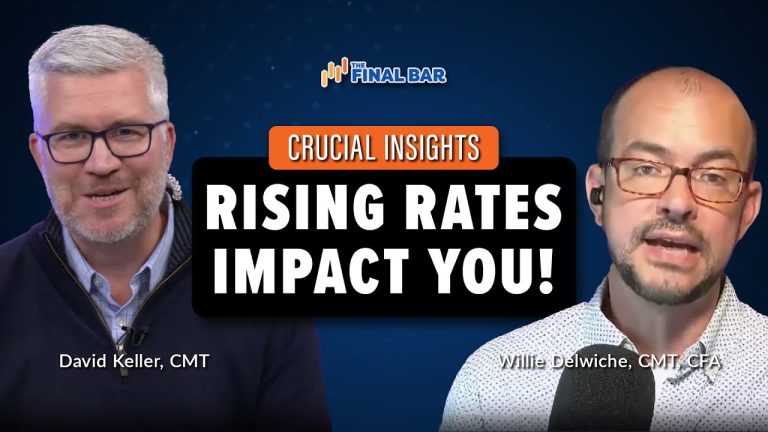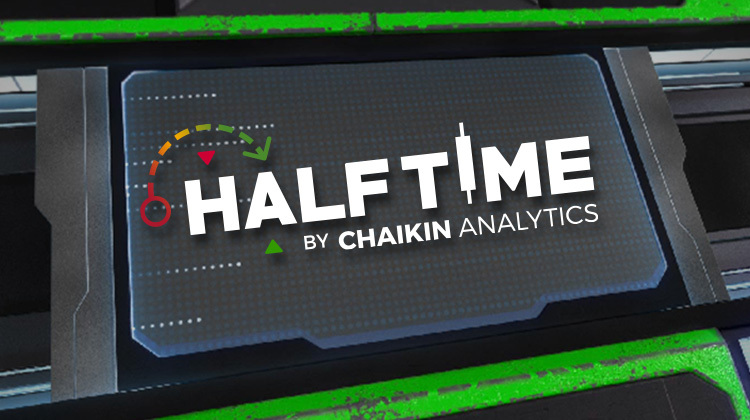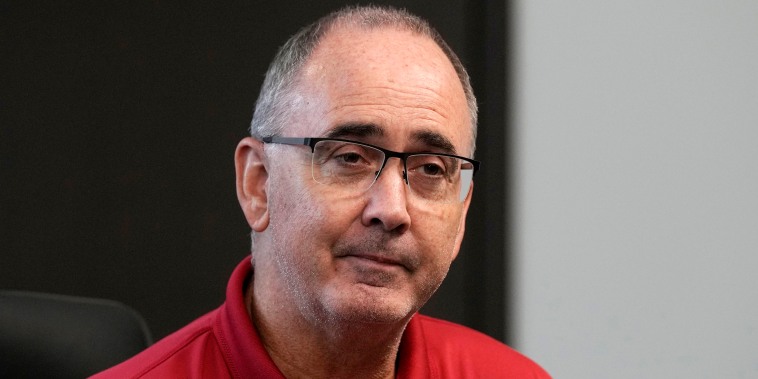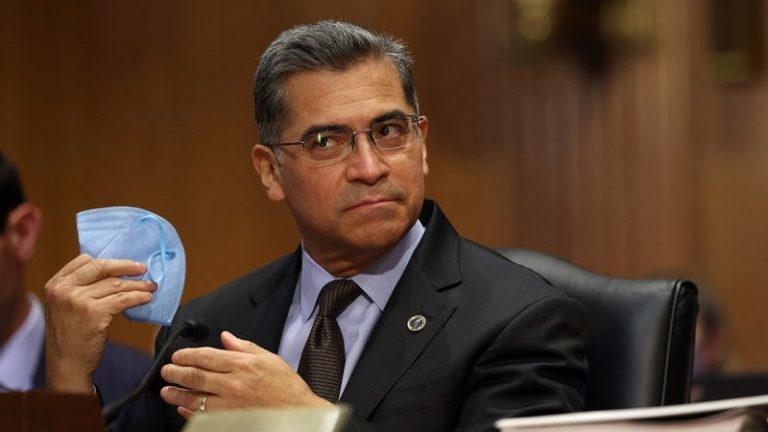Peter Navarro, an adviser to former President Donald Trump, was convicted Thursday of contempt of Congress charges after refusing to cooperate with a House investigation into the Jan. 6, 2021, U.S. Capitol riots.
The verdict came after a short trial. Navarro was the second Trump aide to face contempt of Congress charges after former White House adviser Steve Banno, who was convicted of two counts and was sentenced to four months behind bars, though he has been free pending appeal.
Judge Amit Mehta scheduled Navarro’s sentencing for Jan. 12, 2024. He was convicted in Washington’s federal courthouse of two misdemeanor counts of contempt of Congress, both punishable by up to a year behind bars.
Prosecutors said Navarro acted as if he were ‘above the law’ when he defied a subpoena for documents and a deposition from the House Jan. 6 committee.
A defense attorney argued Navarro didn’t purposely ignore the House Jan. 6 Committee.
Navarro told reporters that he plans to appeal and that his refusal to cooperate with Congress was on the grounds of executive privilege.
Navarro defense attorney John Rowley said the case will be decided by the DC Court of Appeals.
‘This is the first time that a senior presidential aide who has served his president for four years, has ever been held in contempt of Congress,’ he said.
‘There are legal issues here that need to be decided by the Court of Appeals. Judge made it decided based upon an evidentiary hearing last week, that there was inadequate evidence to show that President Trump had formally instructed Dr. Navarro to invoke executive privilege. Respectfully, we agree with that decision. We think that the evidence established that in fact, President Trump instructed Dr. Navarro to invoke executive privilege.’
A judge has ruled the executive privilege argument isn’t a defense against the charges, finding Navarro couldn’t show that Trump had invoked it. But Woodward said prosecutors hadn’t proven that Navarro acted ‘willfully’ or only out of loyalty to Trump.
Prosecutors said Navarro should have handed over what material he could and flagged any questions or documents believed to be protected under executive privilege. They said much of the material the committee sought was already publicly available.
‘Peter Navarro made a choice. He chose not to abide by the congressional subpoena,’ prosecutor Elizabeth Aloi said. ‘The defendant chose allegiance to former President Donald Trump over compliance to the subpoena.’
Trump faces a federal indictment in Washington, D.C., and a state indictment in Georgia over his efforts to overturn his 2020 election loss to Joe Biden. He has denied any wrongdoing.
Fox News’ Jake Gibson and The Associated Press contributed to this report.

